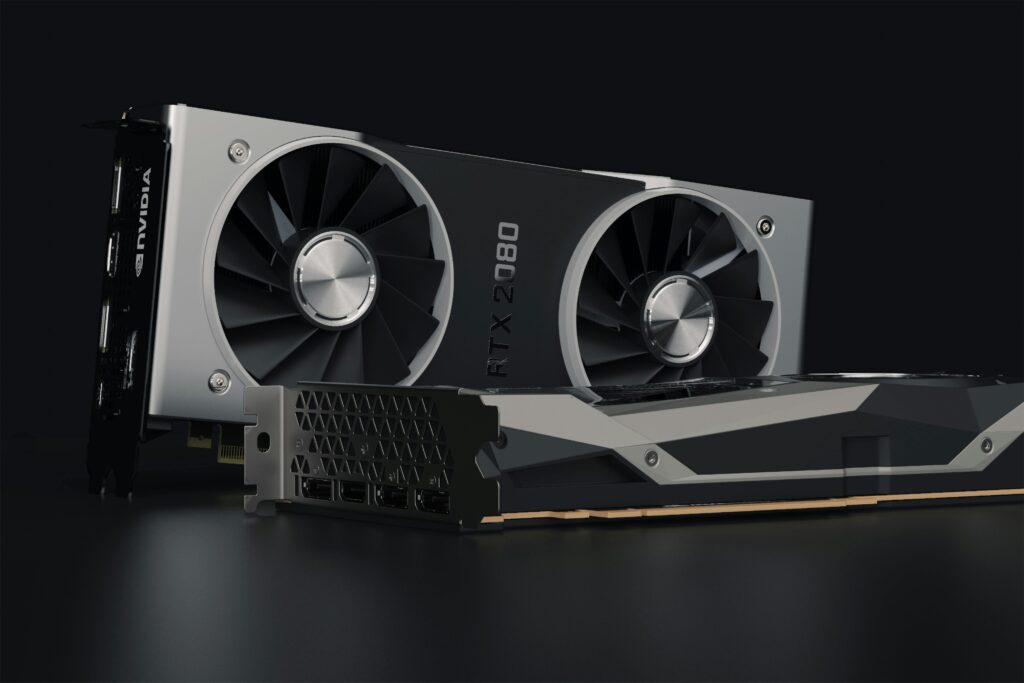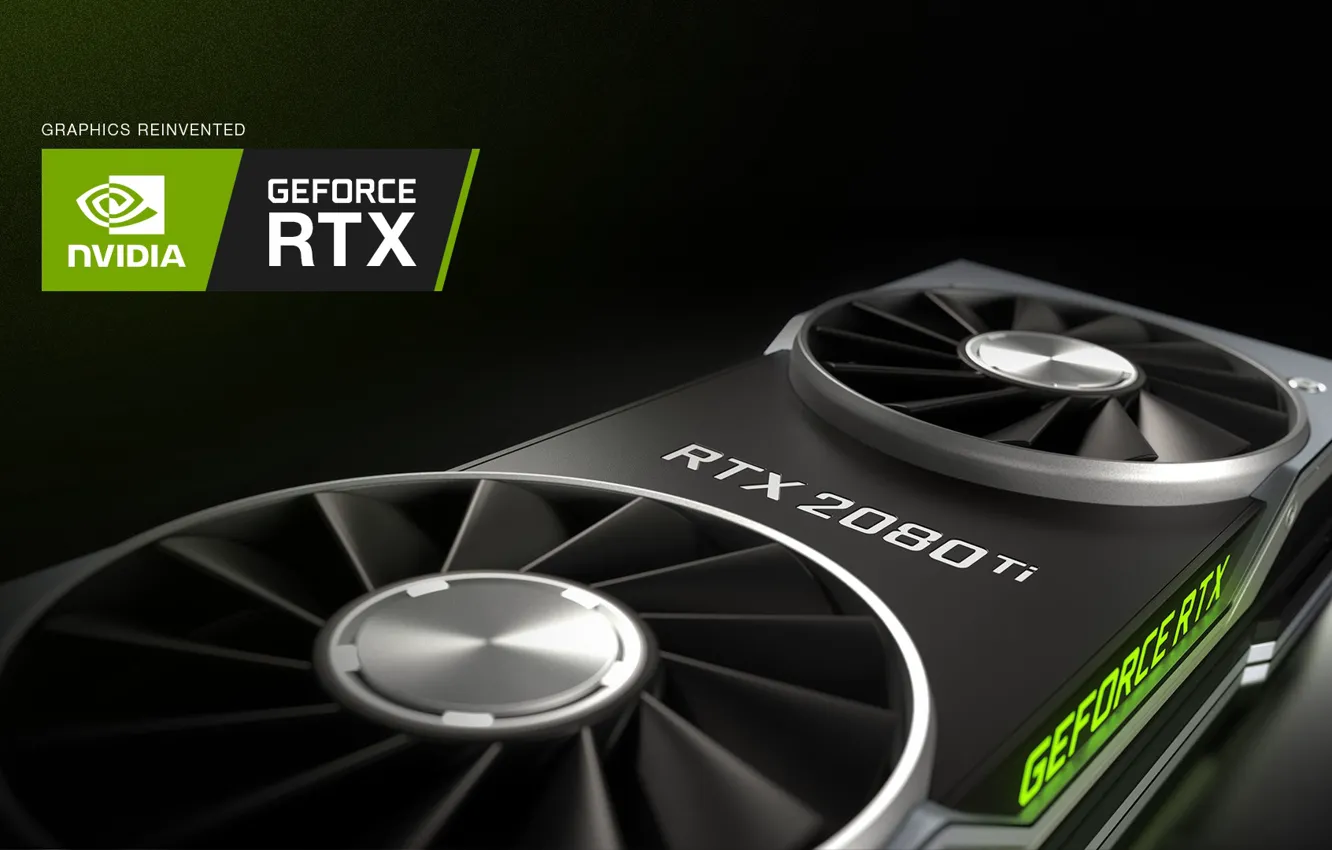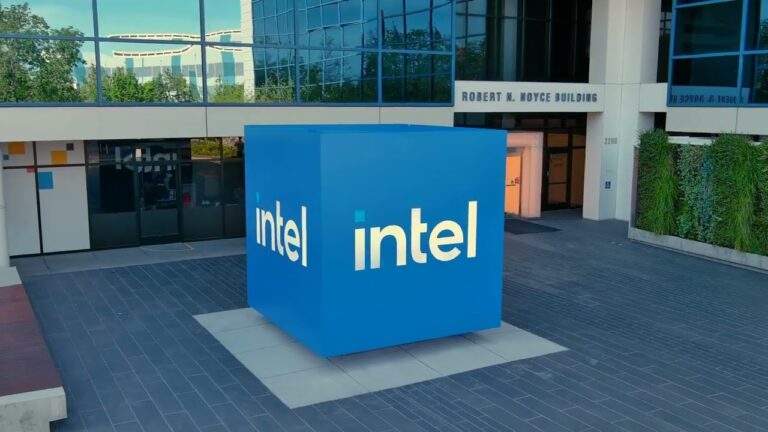The NVIDIA GeForce RTX 5090 is set to revolutionize the gaming world with its groundbreaking monolithic Blackwell GPU, promising unparalleled performance and cutting-edge technology.
NVIDIA GeForce RTX 5090: Ready for Next Gen Gaming
NVIDIA has reportedly described its next-gen GeForce RTX 5090 to be featured with a massive monolithic GB202 ‘Blackwell’ GPU, deviating so much from the chiplet technology adapted for their higher-end processors built to fuel both supercomputers and AI infrastructure. In general, that is expected to leverage never before seen GPU performance in gaming applications, though at the same time, it also raises other questions.
Main Features and Specifications
It is the big monolithic core design, unlike the chiplet approach seen in the larger of NVIDIA’s HPC/AI chips, like the B100 or B200. NVIDIA designed it to have 192 Streaming Multiprocessors, which house up to 24,567 CUDA cores, if a transition to multicore SM units doesn’t materialize from the current AD102 “Ada” generation processors. This is an RTX 5090 GPU leak by Kopite7kimi.
Although rumors initially even hinted at the use of the chiplet technology, NVIDIA seems set on monolithic cores for gaming GPUs. This places the GB202 in the heart of the RTX 5090, which will double the SM clusters and execution cores compared to the GB203 variant that will be deployed within the RTX 5080, thus leaving both graphical cards separated by quite a chasm in terms of performance. Unfortunately, this approach adds high transistor counts, which results in high levels of power consumption and heat generation.

Unmatched Game Performance
The decision of NVIDIA to keep the monolithic design has a goal to improve communication between cores and to avoid the bottlenecks faced while using chiplet technologies. Even though NVIDIA has some good solutions for interconnect, like the quick NVLINK bus, these implementations may get expensive and complicate the construction of a GPU. The GB202 will tap TSMC’s N4P (5nm) manufacturing technology for superior transistor packing density and performance gains achieved through a new microprocessor architecture.
The next up then should be the RTX 5090, the fastest models building in a 512-bit memory interface, with reports talking of an entirely new cooling system and PCB design around this high-performance card.
Industry Effect and Competition
The RTX 5090 was always expected to be around the time AMD is said to be exiting the ultra-high-end graphics performance segment with its upcoming RDNA 4 line. It is something that can see NVIDIA further consolidate its stand as far as terra gaming performance is concerned under the Blackwell GPU generation.
The RTX 5090 is soon to see the light of day and this means the first Blackwell gaming users shall get to see is the RTX 5080. NVIDIA is making a strategic decision to stay monolithic with the RTX 5090 in its potential pursuit of performance and simplification in GPU architecture. But this is certainly a decision that has a cost: potential additional challenges in power and heat management.
Thus does the RTX 5090 become a bellwether project for performance, pricing, and market acceptance from industry analysts and consumers in a way that will hopefully understand what happens next as far as directions for GPU development.
Conclusion
The integrated technologies and strategic design aimed at combining everything to give unprecedented gaming performance make the NVIDIA GeForce RTX 5090 a generational milestone in GPU development. Yes, the price will not be that low, but it will be relatively high as the card morphs into the most capable graphics card available, setting new standards for the world of gaming.




+ There are no comments
Add yours